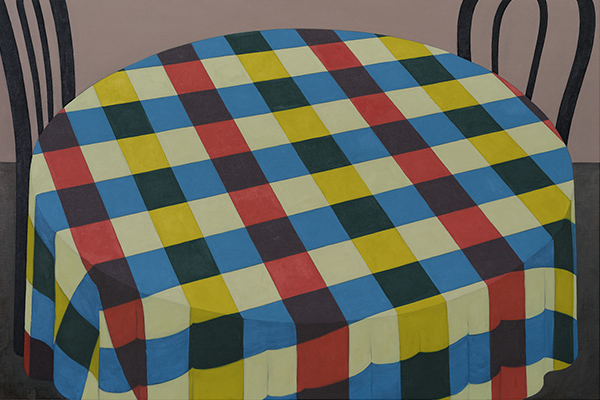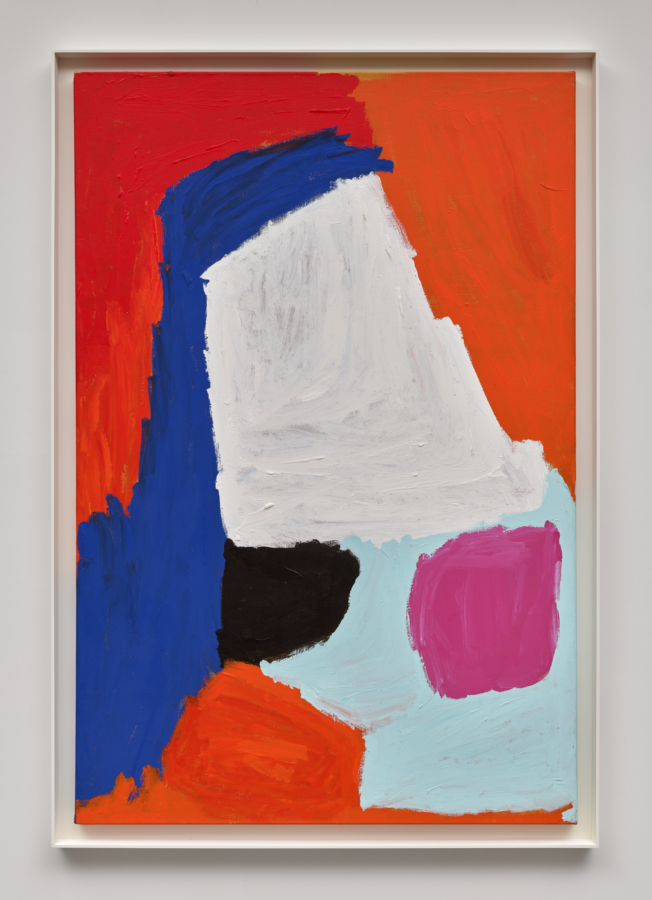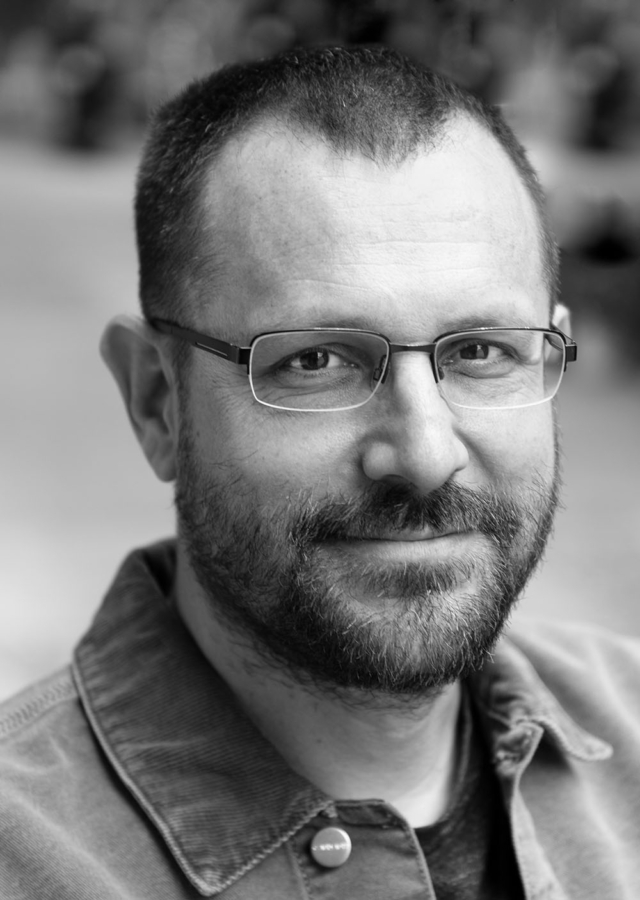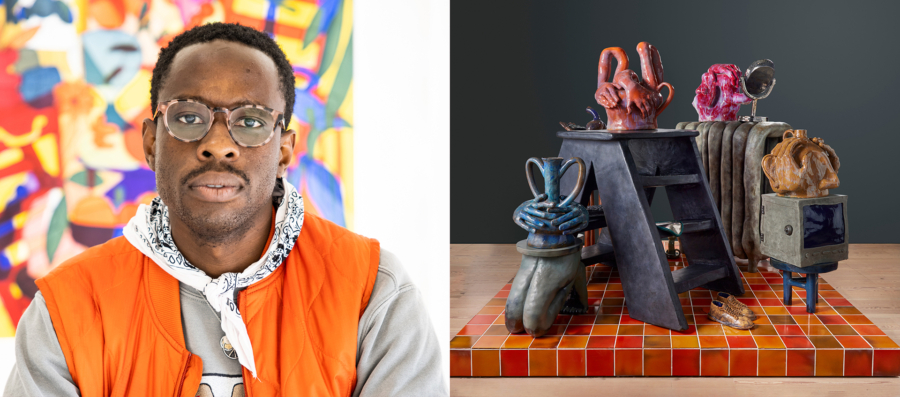Arts Magazine, March 1987.
In this recent art and its corresponding critical texts, abstract painting—painting of Haske’s type—has come under criticism as a regressive species of expression that buys into all of the old myths of originality, autonomous spirit, and transcendence that are deemed impossible beneath the crushing weight of a monolithic social determinism. The momentary vanguard of this belief is a group of painters, sculptors, and bricoleurs rather loosely gathered under the heading Neo-Geo. Of the artists including Philip Taaffe, Meyer Vaisman, James Welling, Ashley Bickerton, Jeff Koons, and somehow retrieving for their ensemble Sherrie Levine, Peter Halley most clearly represents the determinist position that I have summarized. His art takes the very image of abstract painting in order to subject it to this social critique. As part of his endeavor, and we will see how essential this is, he has written numerous texts that articulate his project.
Halley’s art is a concretion of his ideas (and those of his sources, particularly Michel Foucault and Jean Baudrillard). His images are conceived as signs that do not refer to a specific visual model, such as the originals of geometric abstraction such as Malevich, Mondrian or Newman who all mutate and merge here, but instead to a specific reading of (post)modern culture as it is visualized in various geometric routines. I call these images routines rather than forms because Halley does not focus primarily on the aesthetic character of his pictures as much as he attempts to evoke a social concept of technological activity. His cells and conduits are signs that imply the circulation of information; the electronic channels and end-points of knowledge as they tend—in Halley’s postulation—to create the imprisoning routines of society.
There is a certain gallow’s humor about these pictures. Halley’s polemical renovation of abstract geometry is the playful execution by hanging, if you will excuse the pun, of the previous intentions for abstraction. He seeks to overwhelm the various traditional readings of abstraction as either spiritually transcending its materials (Malevich, for example), or presenting nothing but its materials (Stella, for example) by stating that his images only take on the look of abstraction. They are semblances, simulacra of abstractions, converting the image to establish a different identity. In fact, these seeming abstractions are figurative facsimiles of computer chips and boxy rooms that both fall within the definition of the word cell—a noun he uses in most of his titles.
Black Ceil with Conduit (1985), with its trailing asymmetrical conduit across a symmetrical field, has a sudden sense of disequilibrium that is at once comical and disturbing. Orange and black, this routine restricts itself to metaphorical polarities: impulse (orange) and the sign of informational transfer (black conduit); or impulse and absorption. In this case black represents the site of the accumulation of all colors— the housing into which this bright energy is taken. Whether for the aesthetic pun of its likeness to severe geometric abstraction, or for the social connotation of a world emptied of individualist verve, Halley’s picture is reduced to a sense of the lowest human and natural energy. Its Day-glo light is totally artificial. And the image does not employ the power of visual synthesis to move from this simplest figurative reproduction to attain the iconic abstraction of its object. Instead, it is locked within the grid of literal representation; the grid of the apparatus of the technological routine with its cell and its barlike decorative conduit that carries the medium of incarceration and surveil- lance—specifically, electronic data that binds the subject to every other subject in the global order of capital and its functionaries.
We begin to see within Halley’s image a conjunction of meanings that constitute an overarching belief in closure. If the cellular image represents a microprocessing chip, it also evokes a video terminal. And no word could be more appropriate, for terminal not only refers to this electronic monitor of surveillance but to a sense of ending. Indeed, the monitor surveys the place of ending: an incarcerating cell implicit in Halley’s title. The image takes on one last panoptic likeness, for Black Cell with Conduit suggests the architectural shape of a dark and anonymous prison house.
In the full circle of closure that informs Halley’s conception, his rendering of these simple geometric forms is not only the restraining site of the social subject. The cell and terminal and prison convey, as I have said, the collapse of the transcendent project of geometric abstract painting. Halley’s image of closure restrains this former ambition of abstraction and, in a general way, argues for painting as an ideological, conceptual art over what is thought to be a less socially conscious art—as it is embodied, for example, in Haske’s painting, painting as a retinal goal.



